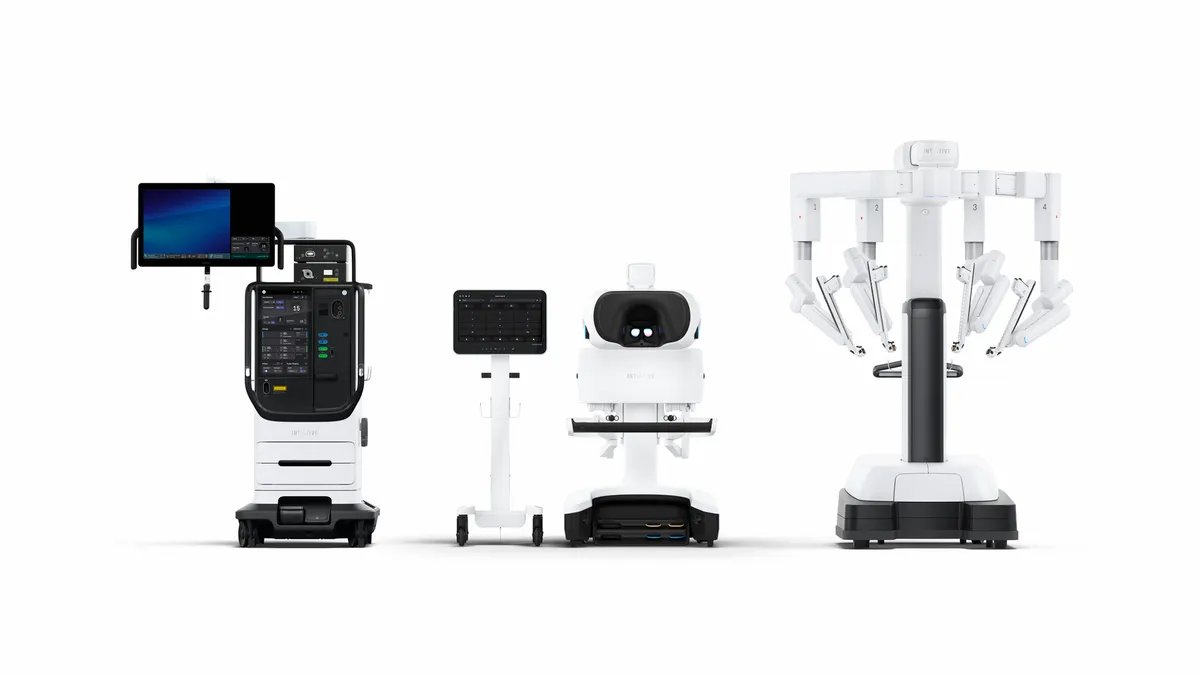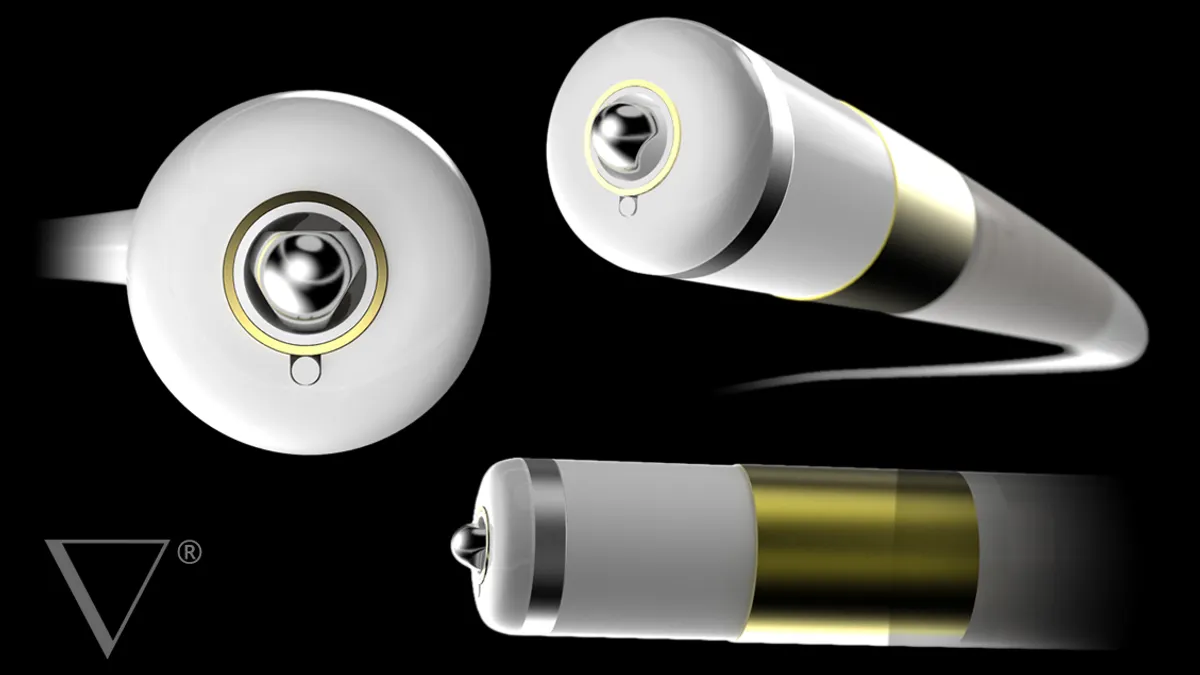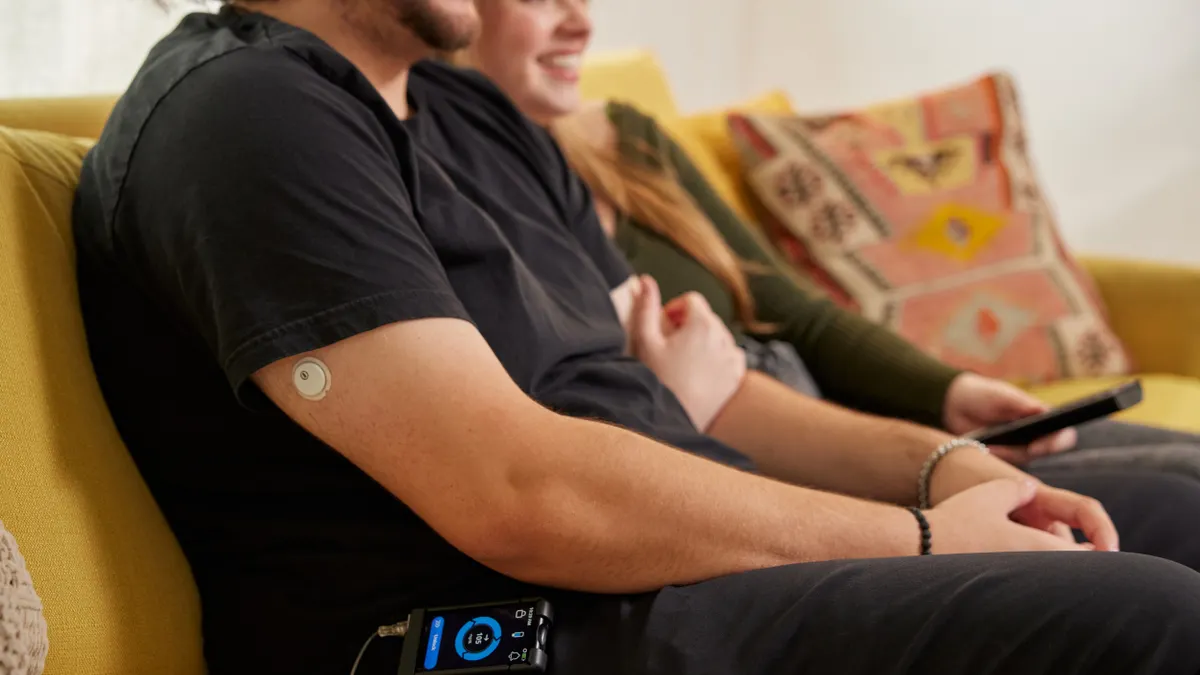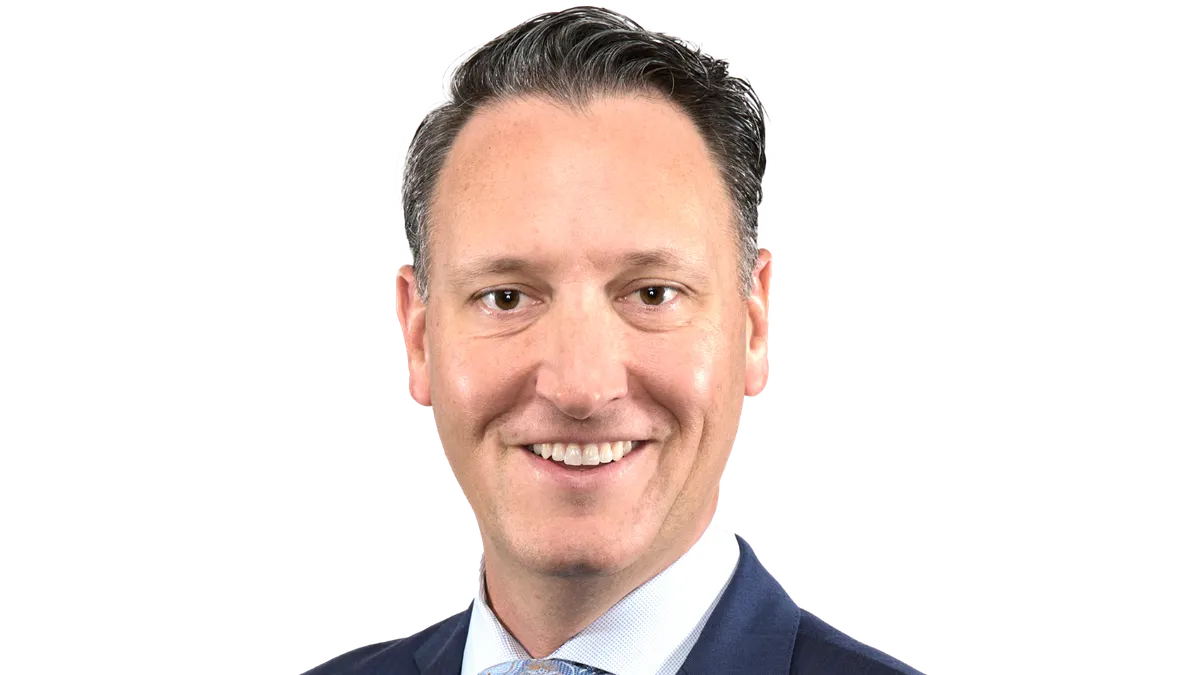After spinning out its consumer health business, Johnson & Johnson has no plans to do the same with its medtech business. J&J CEO Joaquin Duato told investors on Tuesday that “we all firmly believe that medtech and pharma belong together.”
The company also outlined long-term financial expectations for each of its segments.
Here are 5 takeaways from J&J’s investor day:
1. J&J has no plans to spin out its medtech business
Citi analyst Joanne Wuensch kicked off the Q&A session at the event with a big question: Is J&J’s recent spinoff of its consumer business just phase one, and could there be a phase two with a spinoff of its medtech or innovative medicines businesses?
Duato said the two segments belong together, as they’re working with the same diseases, physicians, patients, hospitals, payers and regulatory agencies.
“We believe that by having capabilities both in medtech and in pharma, we can be in a better position to serve the entire patient journey than any other company,” Duato said.
CFO Joe Wolk added that J&J spun out its consumer business because it had diverged, and the criteria for success had changed.
“That would not necessarily be the case with a medtech and innovative medicines operation. There's a lot of harmonization … around disease states and patient journeys that allow for a lot of financial efficiencies to be built,” he said.
2. J&J Medtech is expected to grow in the upper range of its markets
J&J shared long-term forecasts for each of its segments. Medtech is expected to grow in the upper range of its markets, which are growing between 5% and 7%, for 2022 to 2027. The company added that it expects one-third of 2027 sales to come from new products.
“We're focused on continuously increasing our exposure to higher growth markets where we can tackle the most pervasive and complex health challenges and in doing so impact even more patients,” said Tim Schmid, who recently became J&J’s worldwide chairman of medtech after Ashley McEvoy’s departure was announced in October.
Big picture, J&J expects operational sales growth of 5% to 6% in 2024, and a compound annual growth rate of 5% to 7% from 2025 to 2030.
3. The company aims to keep its leading share in electrophysiology
J&J is currently the market leader in the $7 billion electrophysiology market, which is expected to grow 11% to 13% over the next five years, Chairman of Cardiovascular and Specialty Solutions Celine Martin said. The company has several cardiac ablation devices through subsidiary Biosense Webster to treat atrial fibrillation, and is developing new devices that use pulsed field ablation (PFA).
Biosense Webster President Jasmina Brooks elaborated on that forecast, noting that PFA has the promise of improved safety, and the procedures can be done faster than traditional thermal ablation.
“In the end, it's really going to be down to the number of electrophysiology labs and electrophysiologists that can perform these cases,” she said.
Analysts asked how J&J plans to keep its leading position as competitors, including Boston Scientific and Medtronic, debut their own PFA technologies.
The company is working on a suite of PFA technologies that Brooks said will incorporate its 3D mapping technology, contact force and proximity indications for the catheter. The company currently has a CE mark for its TruePulse generator and expects a CE mark for its Varipulse catheter in 2024.
“So the way that we're looking at it in PFA [is] while we're not first to market, we're going to be best to market,” Brooks said.
4. J&J shared little detail on its orthopedics restructuring
In J&J’s most recent earnings call, the company said it planned to restructure its orthopedics segment. At the investor day, DePuy Synthes Chairman Aldo Denti outlined the steps the company is taking. Orthopedics is a $50 billion market, and $40 billion of that is controlled in 12 countries, where J&J will focus its efforts.
“The second step is to get out of our legacy products and focus on the innovation we’ve brought to market,” Denti said. “That's part of the restructuring plan as well.”
5. Robotics are still in the ‘early innings’
Stifel analyst Rick Wise asked how J&J plans to create a platform for its Ottava surgical robot that will allow it to be rapidly adopted. Currently, Intuitive Surgical leads the market for general surgical robots. J&J announced in October that it plans to file a submission for an investigational device exemption with the Food and Drug Administration in the second half of 2024 that would allow it to start clinical trials of its robot.
“It’s early innings in the robotic market,” said Chairman of Robotics and Digital Hani Abouhalka, adding that robotic procedures make up about 5% of all surgeries globally.
One unique feature that Ottava offers is the ability to move the operating table without any software or stopping workflows, Abouhalka said. He added that Ethicon’s leadership in surgical instruments should also help with adoption.






















